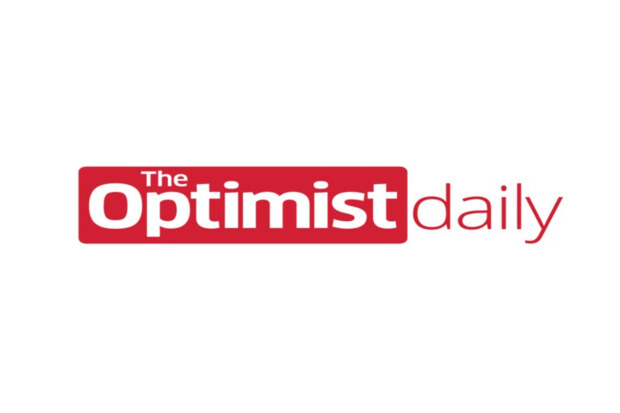After Chris Dalby found instructions online for track-ing home energy use, he installed a monitor in his house, so he could see how much energy he was consuming at any time.
Then he experimented, flipping stuff on and off, to see what used how much energy and how he could save. “There is a massive amount of this data that you can view by graphing your energy usage, and consequently it does actually reveal individual user behavior,” he says. And when you reveal behavior, you can change it, making your home more efficient and saving money.
But Dalby went one better; he joined forces with other home hackers and founded Home Camp, a series of “un-conferences” to share and publish ideas anyone can use. “What we wanted to do was bring together a group of geeks and business people and utility people into a room so that we could all talk about using technology for the greater good of saving energy and automating your home,” he says.
Open-source projects like Dalby’s are empowering individuals and communities to re-design their own energy systems, leading to greater efficiency and energy independence.
“If all energy modelers—and more generally, scientists and engineers—do this, I think the public benefits,” says Joseph DeCarolis, an engineering professor at North Carolina State University who studies energy policy.
Home Camp’s focus on open-source tools is crucial. The concept of open source grew out of the digital revolution, encouraging people to share; it says we should all be free to use and adapt technology. Ultimately, it’s a licensing deal; when you create something—be it a photograph, a piece of software or plans for an invention—you can designate it as open source with a license that allows others to use, adapt and build upon your work, as long as they don’t patent it.
It’s not just for houses, either. Although open-source technology is frequently the domain of tech-savvy do-it-yourselfers and home automators, some of the biggest energy savings will likely come from institutions. Last August, the U.S. Department of Energy invested up to $5 million in projects at three universities to use software to optimize heating, air conditioning, lighting and water use.
Another initiative, put forth by the National Reneweable Energy Laboratory, uses a huge database to track energy use, compiling and analyzing it to show in real time where energy is flowing around the lab’s campus. It’s called DataBus, and it’s like Dalby’s monitor scaled to industrial size—with a whole lot more features. Because it’s open source, corporations, universities or any interested citizens can download it and experiment with it.
“The nice thing about open-source software is that it is free,” says Keith Searight, group manager for data analysis and visualization at the lab. “So by definition, once you achieve a critical mass of people who want to use this and develop a stake in it, then you have a large group of contributors to this. You have a lot of people out testing the software, adding features to it.”
DataBus is one of a number of increasingly large tools for modeling how much energy we need and how best to get it, based on human behavior, technology and resources. For a study in the journal Energy Economics, DeCarolis examined “energy economy optimization” and its use in policy making—that is, optimizing markets and investment based on where it can do most good for the grid. He and his collaborators conclude that a critical way to make energy optimization more practical is to emphasize open source.
“We spend a great deal of time gathering and organizing data, over and over and over again,” says DeCarolis. “We’re constantly reinventing the wheel. Why not just make all of the data open source?”
And that applies to everyone, from household hackers to government policy makers, not just so we have more energy, but to make us more efficient with the energy we have.
“Energy is not cheap anymore,” says Dalby. “It’s an expensive resource, and obviously, I wanted to save as much money as I could and also be able to sleep a bit easier knowing I was doing my bit for the environment as well.”
Become a member or sign up for a free issue to read about green tech innovations.

Energy hackers
More of Today's Solutions
How citizen scientists are driving tangible change in Australia
Citizen science has evolved as a formidable force in conservation, propelled by regular people's passion and dedication to conserving our planet's irreplaceable ecosystems. Citizen ...
Read MoreMeet Dr. Wade: writer of thousands of Wikipedia pages for women scientists
Though the world has made some strides in gender equality, there is certainly still room for improvement, especially in the field of science, technology, ...
Read MoreArt preserves endangered flora in Himalayas—where conservation and culture co...
"In 2002, I was returning to Kalimpong in the eastern Himalaya region of India, and I found numerous trees had been cut down for ...
Read MorePrescribed thinning and controlled burns critical in preventing California wi...
A pioneering two-decade-long study done in California's Sierra Nevada mountains confirms the effectiveness of forest management strategies such as restorative thinning and regulated burning ...
Read More










